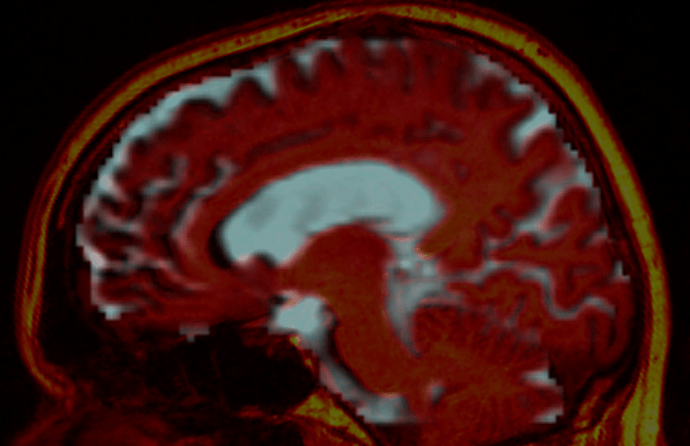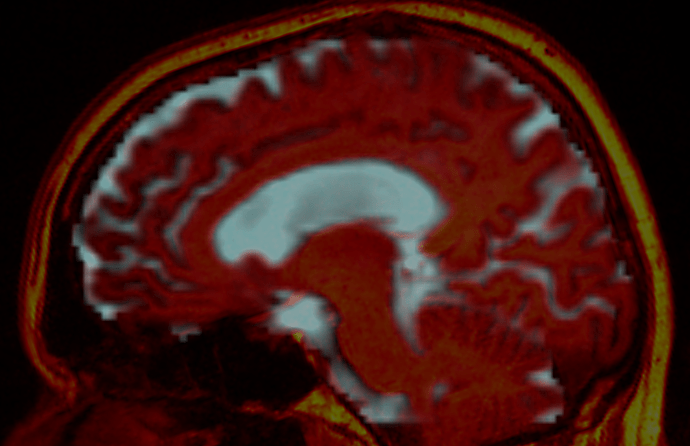A common problem, and we had it as well with a lot of older, yet very important, historical data. I designed an algorithm specifically for this purpose just this year actually (and thanks to lots of work from @rtabbara, and lots of experimentation, we got it implemented as well). Our solution is based on some work I did during last year (see this abstract), where I was able to simulate the T1w image contrast quite closely from 3-tissue CSD results; but our iterative EPI distortion correction has some other bells and whistles now as well, like iteratively refined outlier rejection, and simultaneous (iterative) correction for both EPI distortions along the phase encoding direction on the end of the diffusion data combined with rigid motion correction of diffusion vs T1w data. The latter point is actually quite important: you’re after a combined model of EPI distortion as well as motion to be able to correct both accurately. They both depend on one another.
At the moment, this is just an internal prototype tuned for our own use cases (however, it did already run succesfully on a large cohort of 500+ subjects that often even have large lesions); but I’ll try and get something out at some point (the ISMRM deadline will be there surprisingly soon again any way; so that may just as well be a good opportunity). It’ll eventually make it into MRtrix3, but not any time (very) soon though, as I’ve got other priorities at the moment. If you think the other proposed solutions above wouldn’t cut it for your needs though, don’t hesitate to contact me privately: we can always arrange something if and when it makes sense.
Here’s an example of a subject; before:
…and after:
For visualisation purposes, the CSF component from the 3-tissue CSD is shown to represent the diffusion data, overlaid by the T1w image in red (hot colour scale). The after image has the distortions corrected on the diffusion data, and the relative rigid motion corrected on the T1w image.

